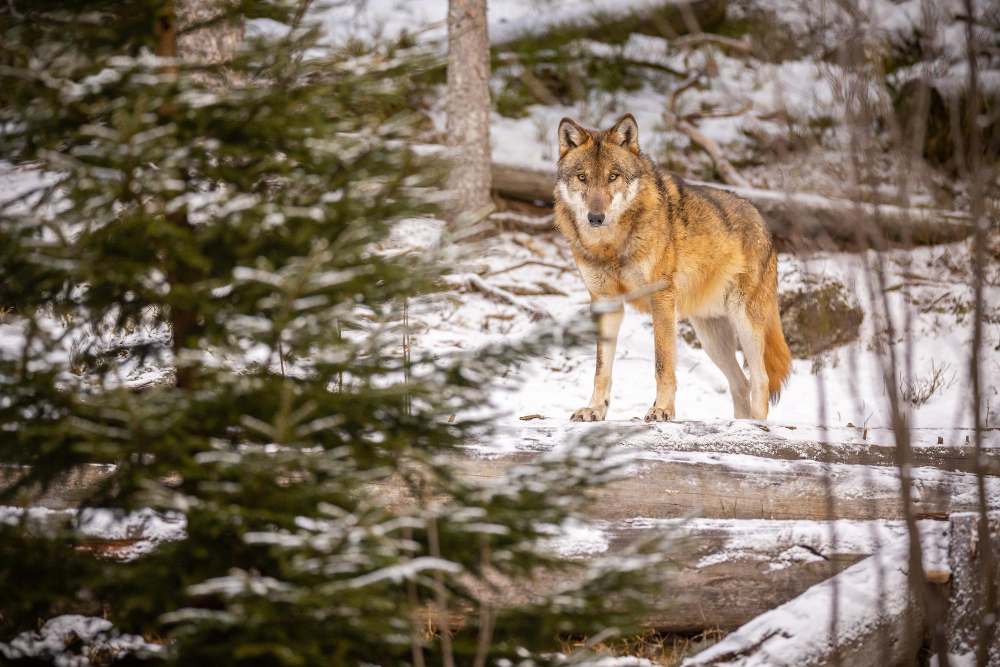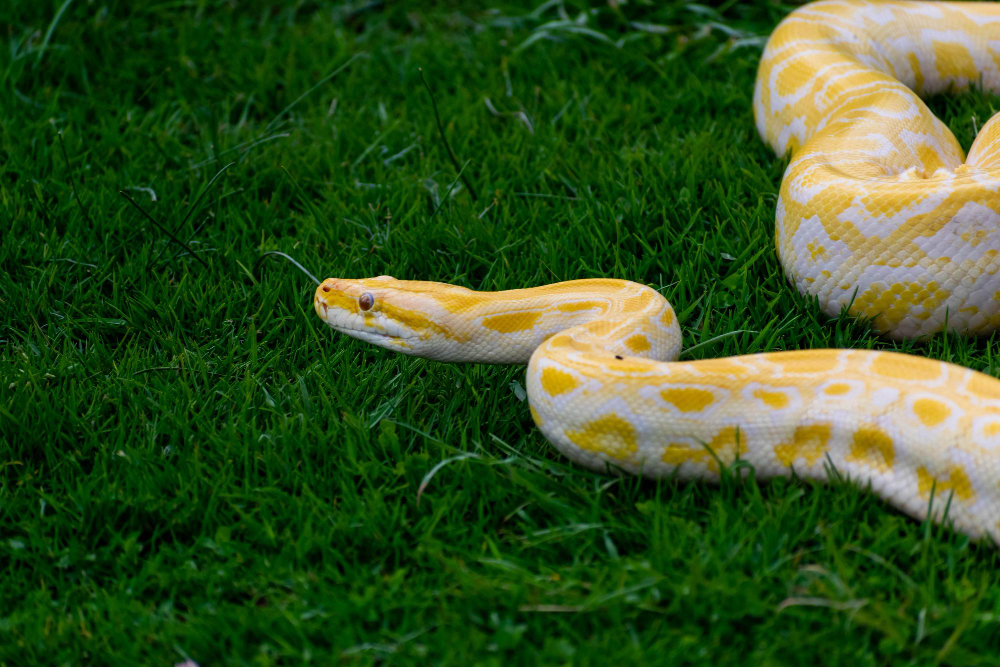Last updated on
Preserving the natural ecosystem while maintaining our modern lifestyles poses a significant challenge, especially when it comes to sharing our living spaces with local wildlife. As stewards of the environment, it is essential to find ethical and eco-friendly solutions to manage wildlife on our properties.
In this blog, we will explore practices that not only respect the intrinsic value of all living creatures but also promote harmony with nature, ensuring our actions contribute to the well-being of our local ecosystems. Join us as we delve into humane and sustainable approaches for wildlife management that can be seamlessly integrated into our daily routines.
What to Do with Unwanted Wildlife

When confronted with unwanted wildlife on your property, it’s crucial to address the situation with compassion and sustainability in mind. The first step is to assess whether the animals pose an actual problem or if coexistence is possible without property damage or safety concerns.
If intervention is necessary, consider safe wildlife removal methods that do not harm or stress the animals. Seek out local wildlife rehabilitation centers or humane society organizations for guidance and assistance. This approach ensures the animals’ well-being and minimizes the impact on their natural habitats.
Creating Habitat-friendly Spaces
One of the best ways to manage wildlife on your property is by creating a habitat-friendly environment that promotes coexistence. This can be achieved by incorporating native plants in your landscaping, providing nesting sites, and implementing water sources for local fauna.
By offering food, shelter, and water, your property can become a sanctuary for wildlife while also contributing to the overall health of the ecosystem. Additionally, avoid using pesticides or harmful chemicals in your garden as they can harm not only wildlife but also pets and humans.
Implementing Non-lethal Deterrents

An essential aspect of ethical wildlife management is the use of non-lethal deterrents to safely discourage critters from frequenting areas where they’re not wanted. These deterrents range from motion-activated sprinkler systems, which create a harmless scare with a burst of water, to the strategic placement of decoy predators that can prevent smaller animals from establishing territory.
Auditory deterrents, such as ultrasonic repellents or noise machines, can also be effective at maintaining a wildlife-free zone without causing harm. It’s important to research and choose deterrents that are specific to the wildlife in your area, to ensure they are both humane and effective.
Utilizing Natural Predators
In the pursuit of balance and harmony with nature, leveraging natural predators can be a highly effective and environmentally sound strategy for managing wildlife populations. Encouraging the presence of native predators, such as birds of prey, can naturally curb the abundance of smaller nuisance animals.
This can be done by installing nesting boxes to attract owls or hawks, which, in turn, monitor rodent populations. This method of biological control maintains the ecological equilibrium and eliminates the need for harmful traps or poisons that can inadvertently affect non-target species or enter the food chain.
It’s nature’s way of creating a self-regulating environment, thus promoting biodiversity and a healthy, functioning ecosystem on your property.
Maintaining a Balanced Ecosystem
Establishing and maintaining a balanced ecosystem on your property doesn’t just benefit wildlife; it also enhances the well-being of the environment at large. It begins with the promotion of biodiversity by allowing a variety of species to thrive. Planting native flora contributes to soil health, aids in water retention, and provides essential food sources for local fauna.
Regular monitoring of species presence and health can provide valuable indicators of the ecosystem’s balance. Removing invasive species and participating in community conservation efforts can further strengthen the natural balance. As we foster this equilibrium, we indirectly support our existence, ensuring that future generations inherit a world rich in biodiversity and natural beauty.
Ethical Trapping and Removal Techniques
For those instances where removing wildlife from your property becomes necessary, employing ethical trapping and removal techniques is vital to ensure animal welfare. The use of live traps, designed to capture without injury, allows for the safe relocation of the animal to a more suitable habitat. It’s crucial to check traps frequently to prevent unnecessary distress or harm to the animal.
Professional wildlife handlers or local animal control agencies should be involved in the removal process, as they have the expertise to ensure that the relocation of the animal complies with local laws and balances the needs of the animal with ecological considerations. Always remember that ethical removal not only addresses the immediate issue but does so with a long-term, compassionate perspective.
The Takeaway
Eethical and eco-friendly solutions for managing wildlife on your property are essential to promote a sustainable and compassionate approach towards coexisting with nature.
By creating habitat-friendly spaces, utilizing non-lethal deterrents, leveraging natural predators, maintaining a balanced ecosystem, and employing ethical trapping and removal techniques when necessary, we can ensure that our actions have a positive impact on the environment while also respecting all living beings.
Table of Contents




